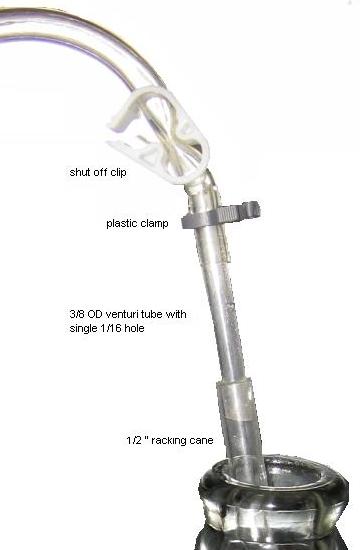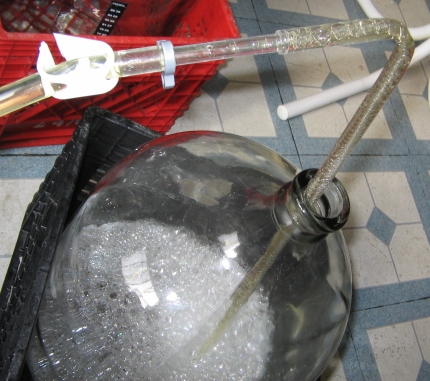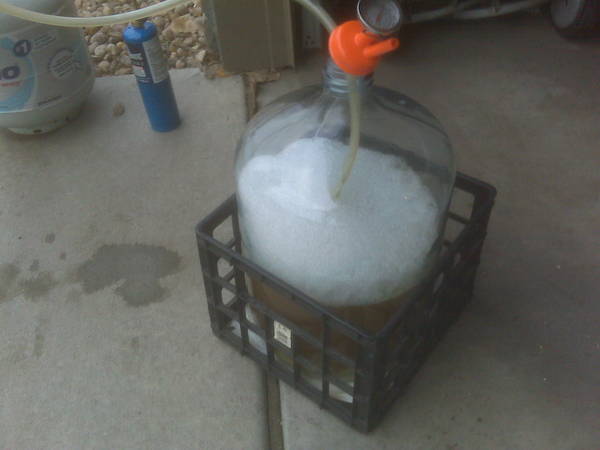jds
Well-Known Member
I'm not sure I follow you here. You don't want the holes covered. My plan (which I still haven't done) was to cut the hose in the middle, and then insert the racking cane between the cut ends.
Honestly, this little gizmo has been working well enough that I haven't bothered. Case in point: I brewed 11 gal. of 1.072 IPA this last weekend. The batch was split into two 5-1/2 gallon batches, with no additional aeration other than the gizmo.
One fermenter was pitched with S-05, and the other was pitched with a 2l stirplated starter of WLP862, which has been reported to be a slow starter. Both beers were krausening and churning away the next morning, less than 12 hours later. For me, that's good enough. I don't seem to have a problem with off-flavors or esters.
Granted, that probably has a lot to do with proper fermentation temps and good yeast management practice, but my process, as a whole, seems to be just fine with the gizmo on the end of the hose.
Honestly, this little gizmo has been working well enough that I haven't bothered. Case in point: I brewed 11 gal. of 1.072 IPA this last weekend. The batch was split into two 5-1/2 gallon batches, with no additional aeration other than the gizmo.
One fermenter was pitched with S-05, and the other was pitched with a 2l stirplated starter of WLP862, which has been reported to be a slow starter. Both beers were krausening and churning away the next morning, less than 12 hours later. For me, that's good enough. I don't seem to have a problem with off-flavors or esters.
Granted, that probably has a lot to do with proper fermentation temps and good yeast management practice, but my process, as a whole, seems to be just fine with the gizmo on the end of the hose.









